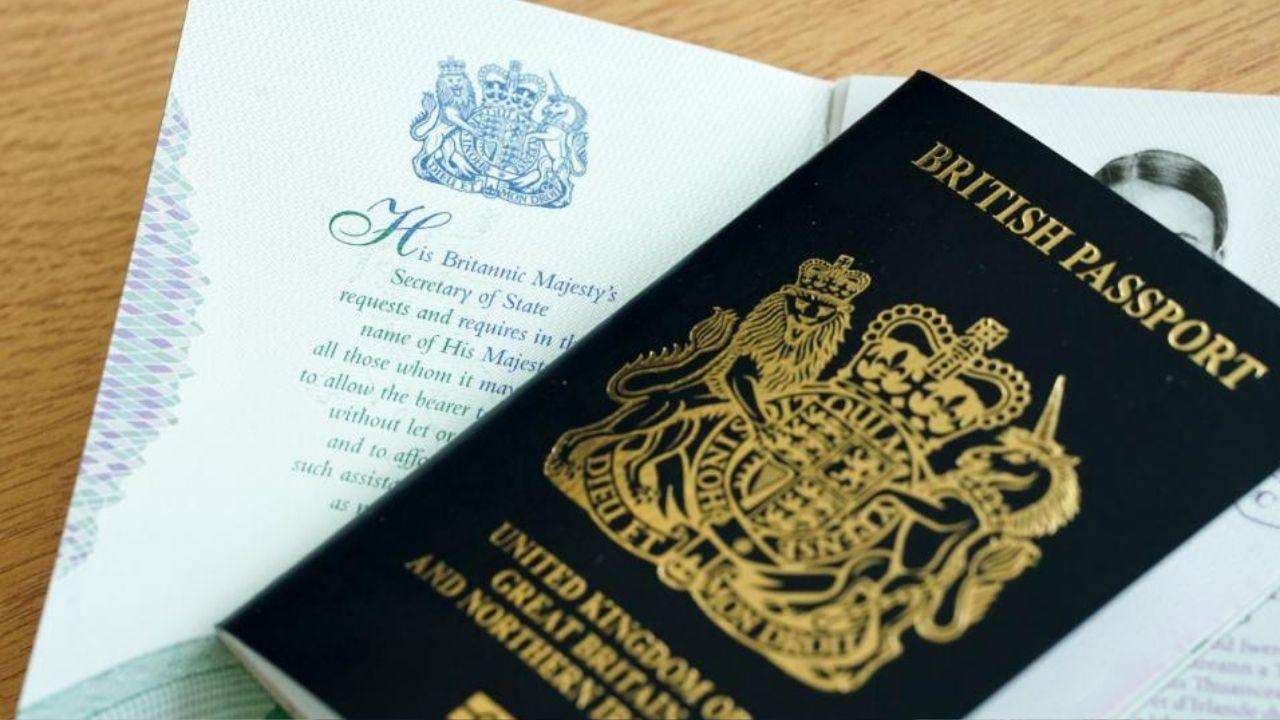In the wake of Brexit, UK passports have just changed from red to blue, but what does this mean?
In addition to red and blue, you may also see green and black passports, however it appears that the colors chosen for particular nations have a purpose.
The Instagram account @weroad has shared an insight into the different colours, which countries use them and what the colours mean.
It has also explained who decides on the colours of passports.
What do passport colours mean?
The travel company, which credits the Instagram account @flightbae.b as the source of information, explains that blue passports are usually associated with freedom and stability plus they have high mobility.
High mobility is the amount of visas that aren’t needed to access the countries with a blue passport.
Blue passports are issued by countries including the UK, USA, Canada and Brazil.
It further explains that green passports are issued in Middle Eastern or African countries with the colour being “associated with Islam and the Arab world”.
These passports have lower mobility as these countries typically require “more visas and more trouble restrictions.”
6 tips for cheaper family holidays
Green passports are issued by countries including South Africa, Pakistan, Morocco, Saudi Arabia and more.
Before the UK passport changed to blue, it was red and many Brits still own red passports but will receive a blue when they next renew it.
So why are some passports red?
The Instagram account explains that the colour red is “often associated with power and authority”.
Red passports are typically issued by countries within the European Union (EU) and they are classed as high global mobility.
Countries with red passports include the UK (some people are still using them), Italy, Japan, China and more.
Can I still travel with a red passport in 2024?
There are also black passports issued in some countries which are said to be associated with countries in Africa.
This colour has links to sophistication and power but these countries have low global mobility with higher restrictions and more visas needed to access them.
Zambia, Botswana, Malawi and Angola are among the countries that issue black passports.
Who decides the colour of passports?
With so many colours used for passports, you might be wondering who decides which country is issued with each colour.
The colour of passports is determined by the government of each country and the chosen colour can depend on a few factors.
These include historical precedents, national identity, regional agreements and practicality such as the durability and visibility of the passport.
_4.jpg)

_4.jpg)





.svg)


